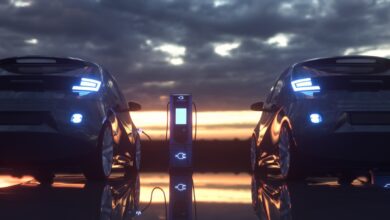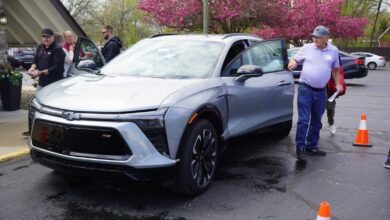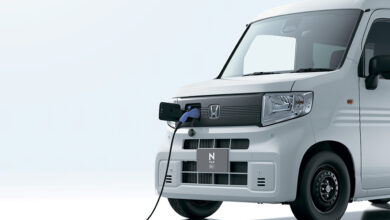The EV Elite: 3 Stocks Leading the Charge in Green Transportation
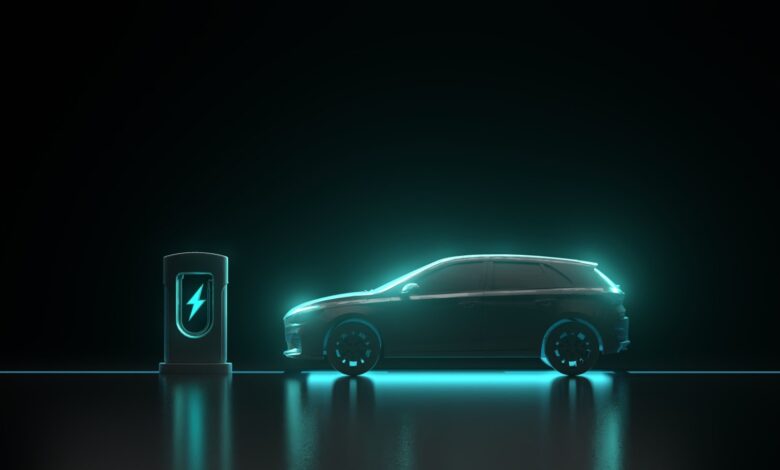
With the global EV industry projected for continuous growth, these three stocks could be poised for success
Most electric vehicle (EV) stocks are selling cheaply, with Tesla’s (NASDAQ:TSLA) stock price as a prime example. Specifically, shares are down 29% as U.S. and Chinese sales slow down, making it an ideal time to purchase cheap, quality plays in the space.
The first quarter of 2024 had 268,909 EV sales, up 2.6% from 2023 but down 7.3% from 2023’s fourth quarter. However, the International Energy Agency predicts 500,000 additional U.S. electric vehicle sales from 2023 to 2024, a 20% increase.
Plus, despite the short-term decline, the worldwide electric car industry is predicted to reach $623 billion in 2024 and rise 10% annually until 2028, leading to a market value of $907 billion by 2028. Also, 17.1 million electric automobiles should be sold by 2028.
These numbers suggest it’s the perfect moment to buy EV stocks, starting with a Chinese EV giant that lost its place as the biggest EV company to Tesla in Q1; this top-tier EV company is a great choice for those who want to go against the trend. In May, the second pick, also from China, manufactured its 500,000th electric car and set sales records. The last pick among these EV stocks lost money in the first quarter but aims to make a comeback with a streamlined business model and new product launches.
BYD Company (BYDDF)
Source: shutterstock.com/Trygve Finkelsen
BYD Company (OTCMKTS:BYDDF), sponsored by Warren Buffett’s Berkshire Hathaway (NYSE:BRK-A, NYSE:BRK-B), is based in China, a market predicted to expand to $398 billion in 2028 from $319 billion in 2024.
BYDDF added its sixth plug-in hybrid in May despite disappointing profits in Q1 where Tesla once again became the world’s top-selling electric car brand. Nevertheless, with the new offering, one fuel tank and battery charge will lead to a drive of 800 kilometers. With fully charged batteries, this new engine uses 2.9 liters per 100 km (62.1 miles), a record low.
In addition, Mexico saw the launch of the company’s first pickup truck, the BYD SHARK in May. With its 430 horsepower motor system, this hybrid automobile can go 62 miles only on electricity. Furthermore, after making model improvements, it intends to deliver its affordable Seagull automobile to Europe in 2025.
This will help it continue to maintain its momentum since expanding into Europe and Latin America, in which BYD supplied over 240,000 cars to 70 countries last year. Meanwhile, at the Beijing auto show, the Denza sedan and Yangwang U7 were BYD’s attempts to reach a more luxurious market. This comes amid pressure from domestic EV competitors, forcing BYD to increase sales by 20% in 2024 from its record year last year to remain competitive.
Nio (NIO)
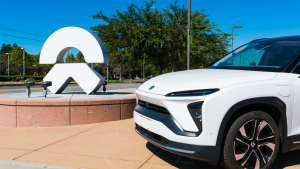
Source: Michael Vi / Shutterstock.com
Nio (NYSE:NIO) is down over 36% this year despite shipping a record-high 20,544 cars in May 2024, a rise of 233.8% year over year. This brings their total number of orders this year to 66,217, 51% more than the same time last year.
In addition, Nio is working hard to improve its battery-changing scheme. The business runs more than 2,300 battery-swapping stations now and wants to add 1,000 more this year to help EV users who are worried about their range and make Nio a star in the battery-changing market.
Nio is also working with CATL, a company that makes batteries, to make cells that last up to 15 years, which is almost twice as long as the normal battery life right now.
What’s more, Nio has teamed up with FAW Group and Lotus to improve its infrastructure for charging and changing batteries.
At Auto China 2024 in Beijing, Nio displayed its 2024 model line and full-stack technology. One of eight new models was the ET7 Executive Edition, a luxury smart electric executive automobile. The company also showed the Power Swap Station 4.0 and 640kW liquid-cooled ultra-fast charger.
Nio also recently celebrated the production of its 500,000th electric car. All these facts considered, analysts rate it a moderate buy with an upside of around 25%.
Rivian Automotive (RIVN)

Source: Tada Images / Shutterstock.com
Rivian Automotive (NASDAQ:RIVN) lost $1.45 billion in the first quarter of 2024, but the company’s adjusted EBITDA increased, indicating greater cost management. RIVN ended the quarter with $9.05 billion in cash, cash equivalents, and short-term assets.
Rivian’s R2 and R3 employ a medium vehicle chassis for speed, range, and cost. These models include three motor types, an energy-efficient solid battery, and quick charging. Advanced features make driving more fun in the R2 and R3.
Rivian currently produces a cheaper dual-motor R1T with Enduro drives. To cut production costs and lower car prices, this new version will start delivery in June 2024. Dual-motor R1Ts cost $8,000 less than quad-motor ones and qualify for the US EV tax credit.
RIVN uses Android Automotive OS, which runs R1T, R1S, and upcoming R2 and R3 components. Rivian has improved the platform and will soon include Google Cast and YouTube for in-car entertainment.
Rivian will also debut the R2 series in 2026 at a lower price while retaining its adventure. The R2 series should increase Rivian’s market share and reach among EV stocks.
On the date of publication, Faizan Farooque did not have (either directly or indirectly) any positions in the securities mentioned in this article. The opinions expressed in this article are those of the writer, subject to the InvestorPlace.com Publishing Guidelines.
